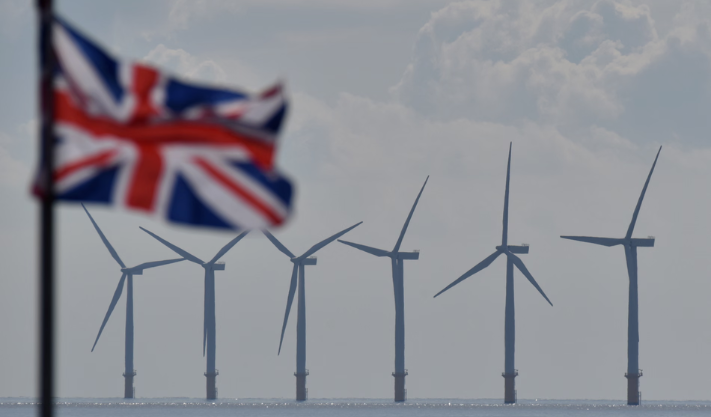Wind Power Has Saved the UK £104 Billion in Energy Costs Since 2010, Study Shows
A new study says that wind power has saved the UK at least £104 billion in energy costs since 2010.
The research from University College London (UCL) found that windfarms not only made electricity cheaper but also lowered gas prices because less gas was needed.
Between 2010 and 2023:
-
Wind power made electricity bills £14.2 billion lower than if gas had been used instead.
-
Lower demand for gas and less need to build new gas plants saved about £133.3 billion.
-
Consumers paid £43.2 billion in green energy subsidies, mostly through electricity bills.
After including these subsidies, the net saving was £104.3 billion over 13 years.
Across Europe, the rise of renewable energy has reduced the need for gas, helping to keep gas prices and electricity costs lower. The study noted that gas power plants often set the electricity price in the UK’s energy system.
The report looked at data up to 2023 and did not include the major rise in gas prices that followed Russia’s invasion of Ukraine in 2022.
Colm O’Shea, the study’s lead author and a UCL master’s student, said wind energy has been a big financial gain for the UK. He explained that the £104 billion benefit is even larger than the £90 billion extra the UK spent on gas since 2021 because of the war in Ukraine.
He added: “This shows that green energy should not be seen as a costly subsidy but as a smart national investment that brings high returns.”
Professor Mark Maslin from UCL said UK consumers could save even more if the energy market was reformed. “The government needs to separate gas and electricity prices,” he said. “Then electricity prices would show the true savings from wind and solar power.”
Ana Musat, policy director at RenewableUK, said: “This research proves that investing in renewable energy helps the UK economy in the long run. The best way to lower energy costs for good is to rely more on clean, local energy and less on expensive global fossil fuels.”
The government disappointed the wind industry and renewable energy supporters on Monday by offering less funding than expected for new offshore wind projects. Only about £1.1 billion was made available in the latest auction.
Musat said: “The wind industry employs 55,000 people, and this number could reach 110,000 by 2030. Every gigawatt of offshore wind brings £2–£3 billion in private investment to the UK. That’s why it’s important to secure large amounts of new wind and solar power in this auction, with a budget big enough to help lower energy costs.”
Energy Minister Michael Shanks said: “Our new competitive auction process will help us buy the right amount of clean energy at the best price for the British people, giving us more control over our energy supply.”
A report by the Energy and Climate Intelligence Unit found that renewable energy has grown much faster than expected since the Paris Agreement was signed in 2015.
In 2015, BP predicted that non-fossil fuels would provide 38% of global electricity by 2035, but they already make up 41%. Solar and wind power are now four times higher than the International Energy Agency’s 2015 forecast.
The use of electric vehicles (EVs) has also grown faster than predicted. The 2015 goal of having 100 million EVs by 2030 is expected to be reached by 2027.
Energy Secretary Ed Miliband said: “Clean, homegrown energy is the best choice for families, businesses, and the country. Wind power is cheaper, cleaner, and more reliable than new gas, helping to lower energy bills.
“With our new auction process to secure more wind power, we’ll strengthen energy independence and create new opportunities for Britain’s coastal and inland areas.”
Published: 28th October 2025
For more article like this please follow our social media Twitter, Linkedin & Instagram
Also Read:
Best Bikini Brands for Big Busts: Fit, Style & Support
London Property Market 2025: Prices, Trends, and Predictions
Top Investment Opportunities in the UK for 2025























